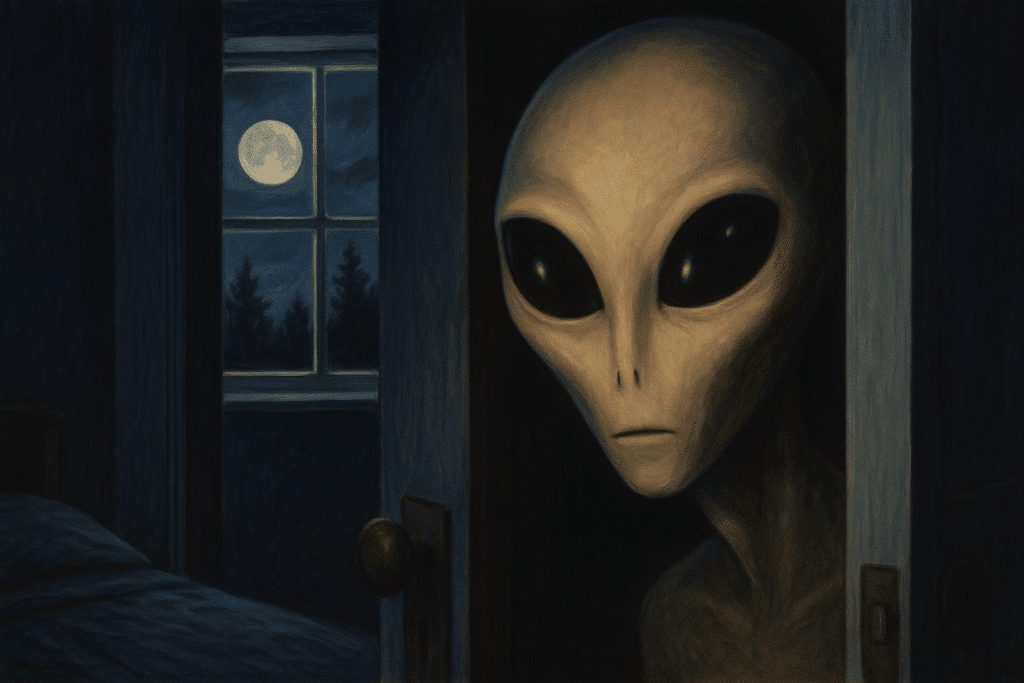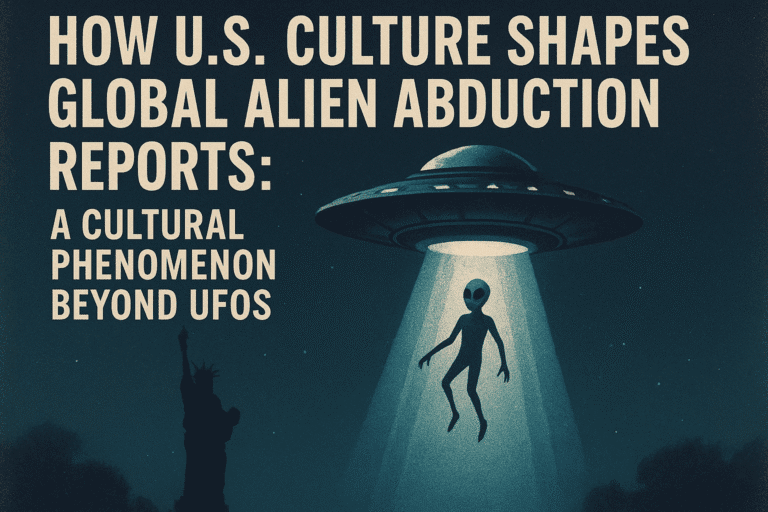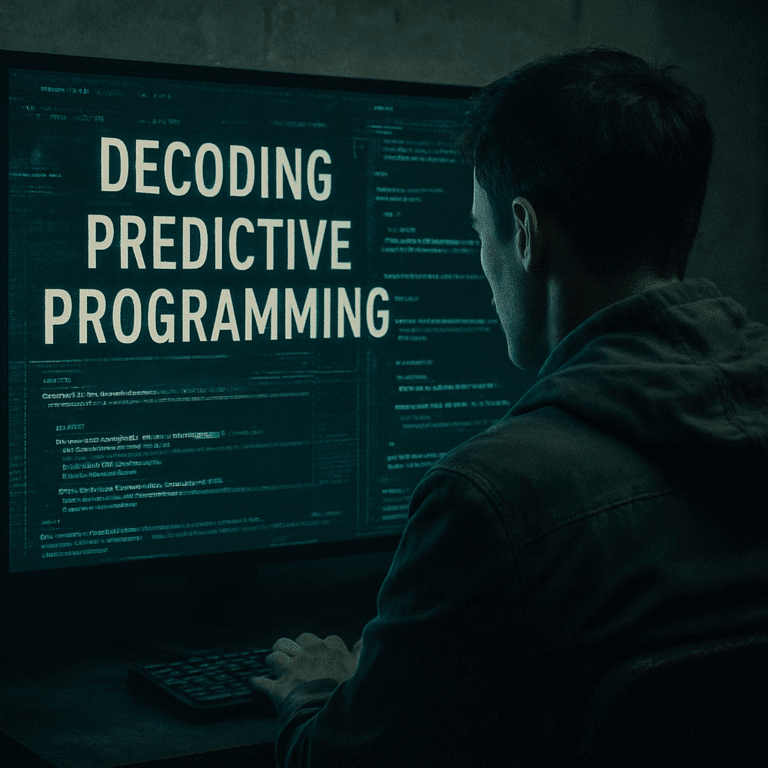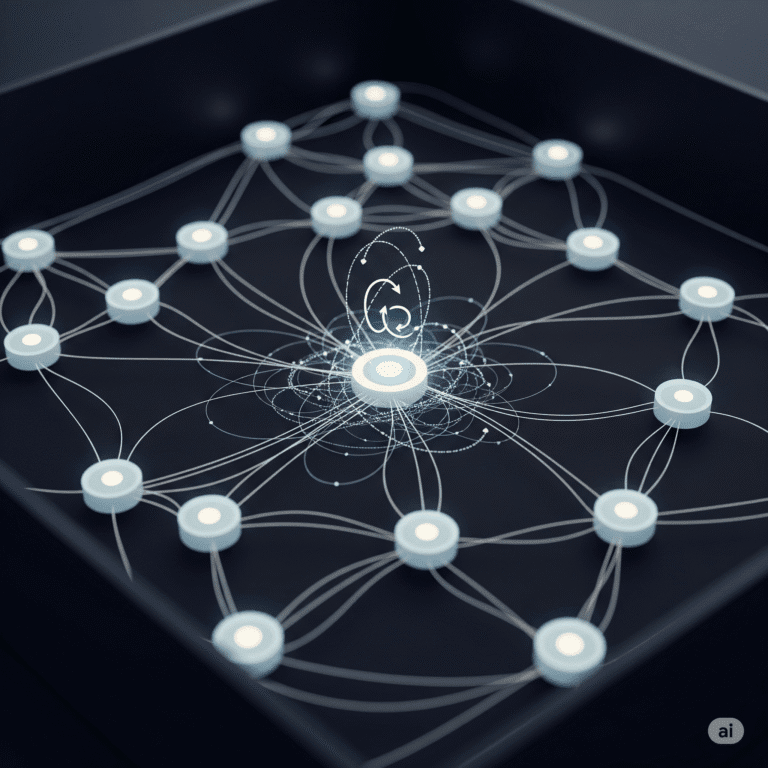This website is in the works! Things will get fixed with time.
Taken in the Night: A Deep Dive into Whitley Strieber’s Communion
Whitley Strieber’s Communion is one of the most influential books about alien abductions ever written. This deeply personal memoir explores encounters with mysterious visitors, the psychological impact of those events, and profound spiritual questions that continue to fascinate readers worldwide.
In this article, we provide an in-depth summary of Communion, breaking down key themes, quotes, and reflections — all while keeping it engaging and SEO-friendly for curious readers.
The Night That Changed Everything
Whitley Strieber’s Communion opens with a chilling account of a night unlike any other. In his remote cabin, an unexplained presence invades his reality, shaking the foundations of his life forever.
“There was something in the room with me. Something not human. Something watching.”
Strieber’s tone is raw and honest. Rather than sensationalize, he invites readers to experience the fear and bewilderment firsthand — setting the stage for a narrative that explores the limits of human understanding.
As he recounts, this presence felt utterly alien and terrifying. The sensations of coldness, immobilization, and a silent watchfulness haunt him. This event marks the beginning of a series of encounters that would blur the lines between reality and nightmare.

Central to Communion are the mysterious beings Strieber calls “the visitors.” These entities, often small with gray skin and large black eyes, have become iconic figures in alien abduction lore — often referred to as “the Grays.”
The Visitors: A Closer Look
Unlike many sensationalized portrayals, Strieber’s descriptions are nuanced and filled with ambiguity.
“Their faces were masks of unreadable expression, neither cruel nor kind — simply observing.”
This ambiguity is key. The visitors perform strange procedures and communicate in ways beyond normal human language. They appear clinical, curious, and sometimes almost compassionate, but their true motives remain unclear.
Strieber never fully claims to understand their intentions, leaving readers to ponder the nature of these enigmatic visitors. Are they scientific? Spiritual? Something beyond human comprehension?
The Psychological Journey
Communion explores not just physical encounters but also the psychological and emotional toll on Strieber. His nights are plagued by terror and sleep paralysis — a phenomenon where the mind wakes before the body, often accompanied by hallucinations and feelings of paralysis.
“I was afraid to sleep, but more afraid to stay awake.”
This struggle to balance fear, disbelief, and reality is a central theme throughout the memoir. Strieber’s honesty about his fear and confusion invites readers to empathize with someone whose worldview is being challenged by unexplainable experiences.
His mental state oscillates between dread and fascination, creating a narrative tension that draws the reader deep into his personal crisis.
Hypnosis and Memory Recovery
To make sense of the fragmented and confusing memories of his encounters, Strieber undergoes hypnosis sessions. These reveal startling, sometimes terrifying images: sterile rooms, medical instruments, and beings performing examinations.
The hypnosis sequences are presented cautiously. Strieber does not claim they are absolute truth but rather pieces of a larger puzzle involving memory, perception, and possibly something alien.
This approach reflects the complexity of alien abduction narratives — they often sit at the intersection of psychology, memory, and mystery.
The recovered memories, though incomplete, provide insight into the visitors’ procedures and hint at a broader pattern of contact beyond Strieber’s own experiences.

The Role of Family and Isolation
Strieber’s ordeal extends beyond the personal into the realm of relationships. His wife Anne is a pillar of support, yet the secret of his encounters creates a profound isolation. Few can understand or believe his experiences, which heightens the emotional burden.
This loneliness is palpable. Strieber shares how carrying such an extraordinary secret strains trust and intimacy, underscoring the emotional cost of being an experiencer.
This humanizes the narrative, reminding us that alien abduction stories are not just about the extraordinary but also about very real emotional and social challenges.
The Visitors’ Ambiguous Motives
A recurring tension in Communion is the unclear nature of the visitors’ intent. They are neither clearly hostile nor benevolent.
“There is a pattern to these visitations, but it does not follow human logic or morality.”
This ambiguity creates a disquieting atmosphere. The visitors’ actions sometimes appear clinical and detached, other times almost caring. This duality forces readers to grapple with a reality beyond binary good-versus-evil frameworks.
The uncertainty itself is a thematic core — emphasizing how some experiences defy human understanding.
Cultural Impact: Bringing Abductions Into the Mainstream
Before Communion, alien abduction stories were fringe and often ridiculed. Whitley Strieber’s literary status and sincere writing style helped bring the topic into mainstream consciousness.
The book’s impact reverberated across UFO research, popular culture, and public discourse. It opened the door for many experiencers to share their stories and helped legitimize abduction phenomena in academic and investigative circles.
Communion inspired movies, documentaries, and countless follow-up books, shaping the way the world thinks about alien contact.
Spiritual and Existential Themes
Beyond physical encounters, Communion explores spiritual questions about consciousness, reality, and humanity’s place in the cosmos.
Strieber’s experiences spark reflections on awakening and transformation, weaving a subtle spiritual thread throughout the memoir.
These themes invite readers to consider alien encounters not just as physical phenomena but as potentially transformative experiences that challenge and expand human understanding.
Living with the Aftermath
Alien encounters don’t end with a single event. Strieber describes persistent effects — a sense of being watched, altered perceptions, and an ongoing journey of grappling with what happened.
The memoir portrays this lasting transformation with honesty, highlighting the difficulty of integrating such extraordinary experiences into everyday life.
It’s a story of survival as much as of contact.
Skepticism and the Challenge of Belief
Strieber confronts skepticism head-on. He acknowledges the fear of ridicule and the challenge of accepting his own memories.
This openness adds credibility and nuance, allowing readers to explore these accounts without pressure to believe blindly.
By engaging doubt, Communion invites a thoughtful, open-minded exploration.
Why Communion Still Matters
More than 30 years later, Communion remains a seminal work. Its combination of memoir, mystery, and spiritual inquiry continues to resonate with readers.
It stands as a powerful story about confronting fear, embracing the unknown, and the enduring quest for meaning.
Conclusion: Embracing Mystery
Communion leaves readers with more questions than answers — and that is its greatest strength.
Strieber’s journey reminds us that the universe may be stranger than we imagine, and that living with uncertainty can be a source of wonder and courage.
For anyone fascinated by alien encounters or the mysteries of consciousness, Communion is a compelling and unforgettable read.
unknown, and the enduring quest for meaning.
Conclusion: Embracing Mystery
Communion leaves readers with more questions than answers — and that is its greatest strength.
Strieber’s journey reminds us that the universe may be stranger than we imagine, and that living with uncertainty can be a source of wonder and courage.
For anyone fascinated by alien encounters or the mysteries of consciousness, Communion is a compelling and unforgettable read.








